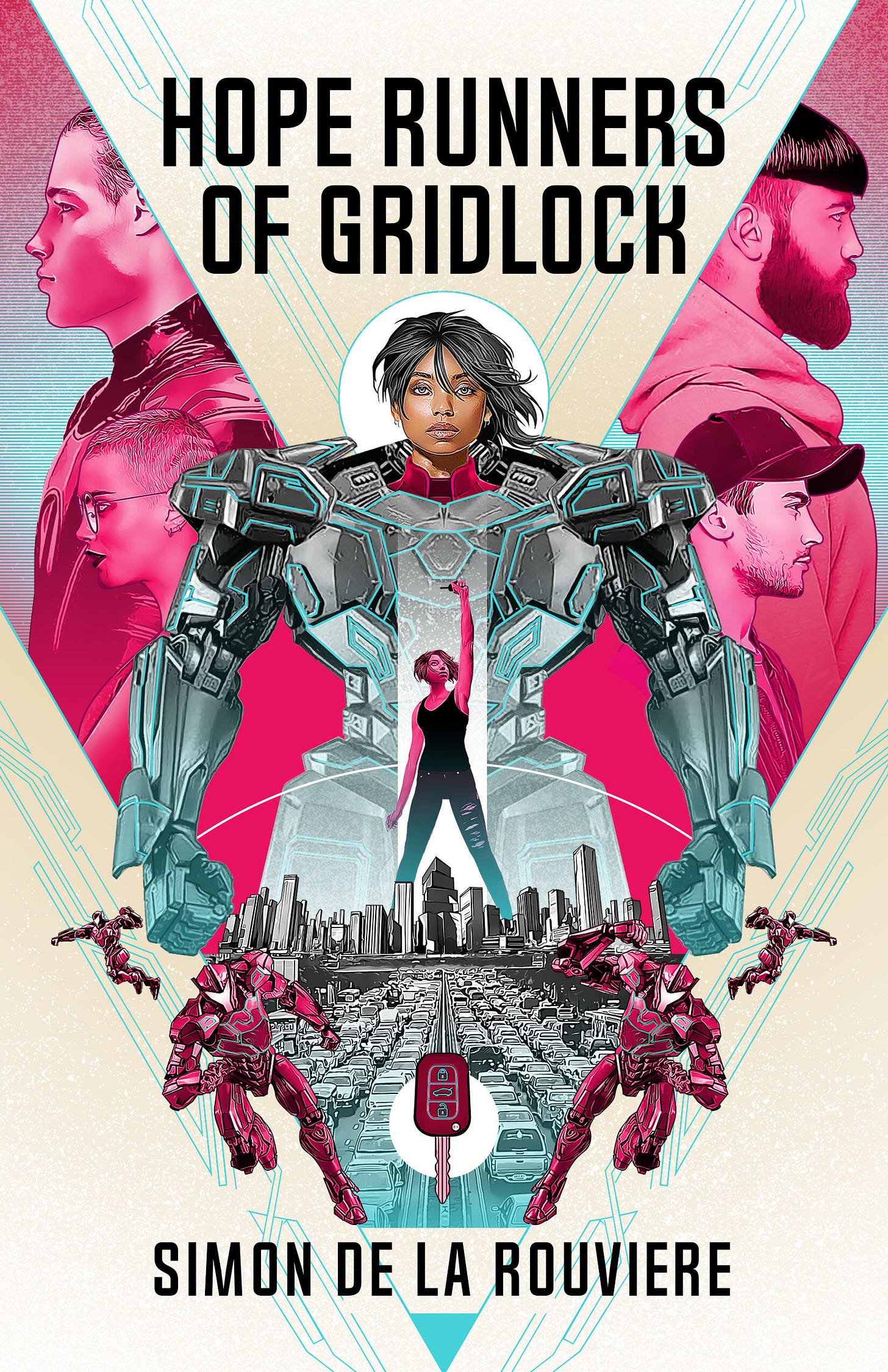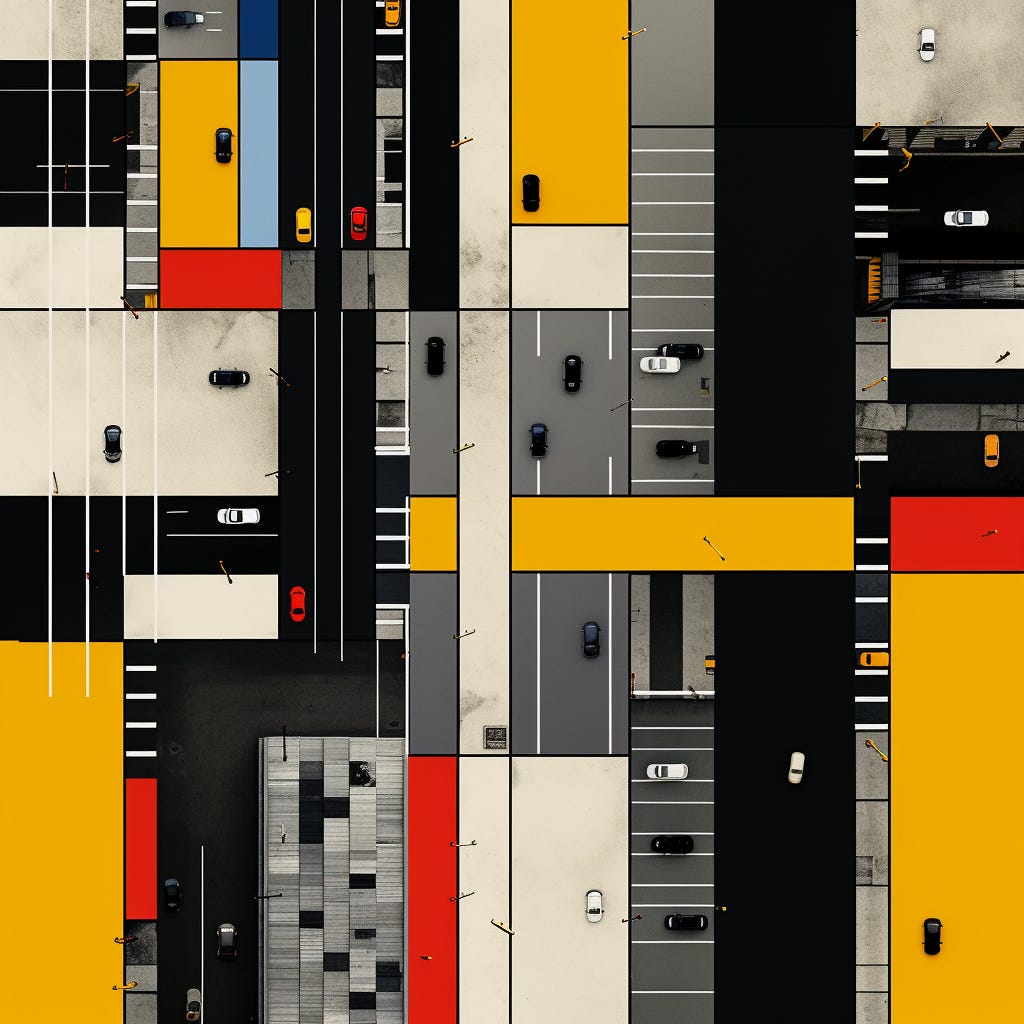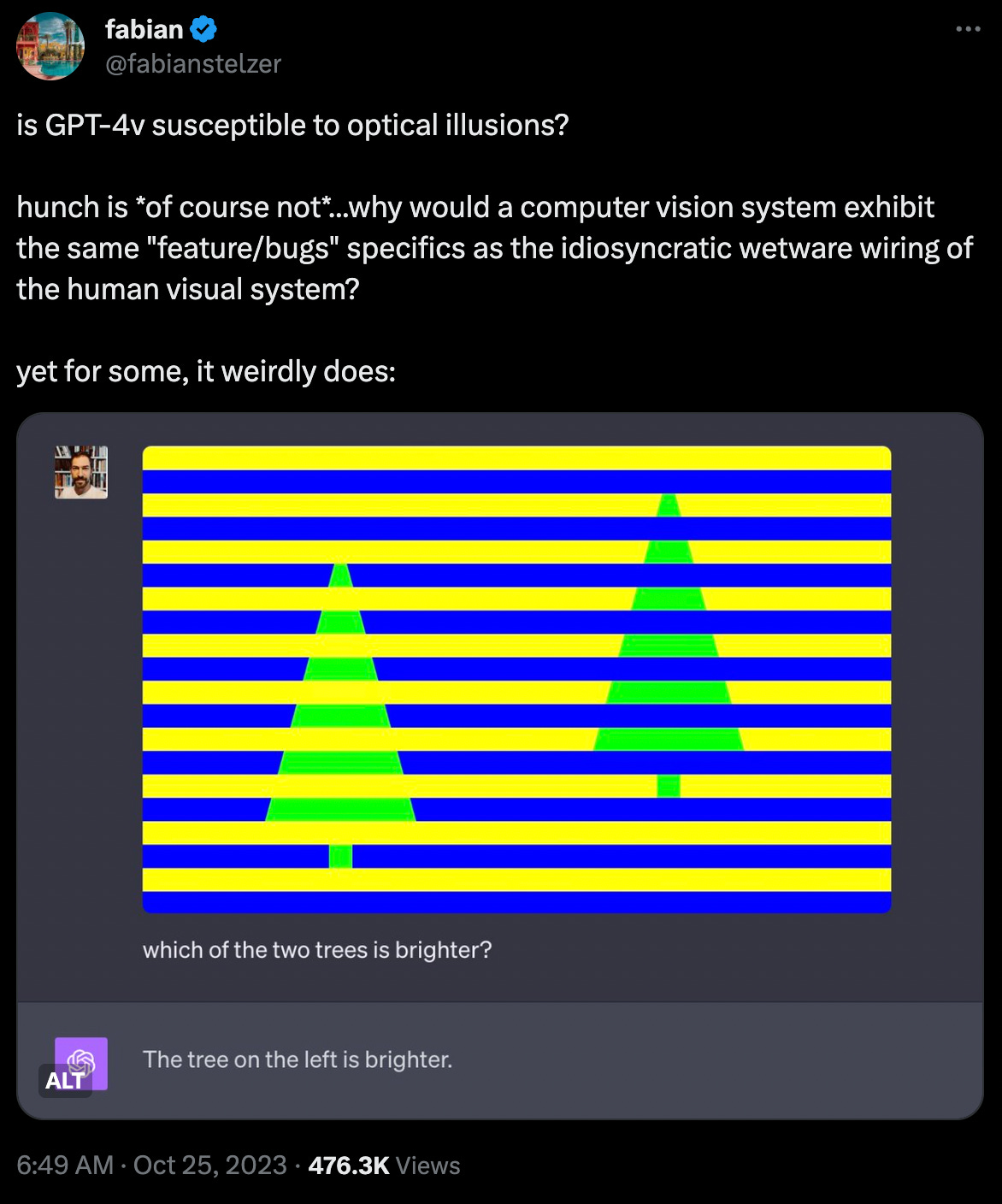A 3 Year Retro On My Self-Published Debut Novel
Also: Recording Industry Revenues, AI as Map Makers, and NFTs vs Institutions.
Three years ago, I self published my first novel. A metamodern, sci-fi novel containing a city with unique economics. I learned a lot!
As I’ve written more since then and continued to engage in the publishing industry, I wanted to share some thoughts on my experience!
Some Stats
Lifetime Sales:
Amazon: 286 sales (215 e-book, 71 print). $578.27 royalties.
Gumroad: 145 sales (bundled with music and drafts). $836.46 royalties.
Crypto Sales: 13 sales. ~$400 royalties.
13 ratings and ~4 stars on Amazon.
13 ratings and ~4 stars on Goodreads.
Overall, pretty happy for a first novel! :)
Thoughts on The Story:
Overall, I’m still really happy and proud of the book. There’ve been days where I wonder if I shouldn’t have made it more approachable, but then I retreat and realise that ultimately it’s a book that’s very unique and very me. And even though it’s not super seller, I’m still really happy with what it ended up becoming. All the manner of things I enjoy. In general, if you are going to spend a year and a half doing anything, it needs to be for yourself first.
That being said, since then, I’ve also realised that there could’ve been ways to re-tell the story in a way that still kept its core, but re-arranged the focus. It’s Flora’s story ultimately and the book could be rewritten to keep her front and center. Some people ultimately lose interest because Flora’s own story gets shuffled among the story of Esper and Palma. It could be stronger.
The biggest feedback however has been about the ending. Some do not like it. But, it’s been very intentional for me, that from the start that that’s how it should end. Thus, the fact that people do not like is perhaps an indication that I failed at getting across what I wanted people to feel at the end. A learning experience! :)
Sequels?
I have been wanting to continue the story and the characters since then. I’ve written two drafts of a sequel, both over nanowrimo (in 2021 and 2022) and both drafts I wasn’t really happy with. The structure and direction still makes sense, but it’s just been hard to land it in a way that satisfies me. I’ve since shelved the prospect of writing a sequel. I do still want to, but I’m getting to other fiction writing, for now.
That being said, I enjoy seeing Hope Runners of Gridlock as a book that I could still keep experimenting with.
Things I still want to do in time:
Experiment with more independent physical publishing. Services like IngramSpark allows you to self-publish and distribute print to buyers from bookshops.
Translate the novel. I’ve been learning Spanish and I’ve seen interesting experiments in seeing success of a book once it was translated to a different language. Translating it to Spanish is on my to-do list.
Promote the audiobook. I commissioned an audiobook and lightly scored it myself. It’s available as podcast and on YouTube. I used 2021 era AI generators (back when you could only do them through a Google CoLab) to create cover art for each chapter (pre-MidJourney, pre-Dall-E).
Re-issue a new cover. Perhaps, in line with a translation, I’ve always had a vision of an alternate cover that mixes Mondrian’s neoplasticism with a gridlock. Mostly because, that’s what one of the characters drew. I’ve tried my hand at making mockups using MidJourney. Something like the below:
In conclusion, I still think the book has legs and could find a larger audience that would appreciate the unique mix of metamodern philosophy, world-building, and a story about choice, betrayal, and questions that come to define us.
Do you have any questions? :)
More Links!
Recording Industry, Adjusted for Inflation
Even though the recording industry is growing (thanks to streaming), you know, I totally missed whether the trend graphs were adjust for inflation or not. Turns it still has ways to go to the late 90’s peak.
Also, remember musical ringtones? In South Africa, pre smartphone and pre app stores, you had to get a weekly/monthly booklet that had all the apps/songs/ringtones in them. To buy one, you sent a text to a number that levied a specific charge and it would be sent to you in return. Nothing like blasting Linkin Park over tinny Nokia speakers.
That being said, I’m still somewhat cynical on the internal market dynamics of the recording industry. We know that it’s a market share model (all subscription revenue divided by all streams), which means that big artists earn disproportionately more from streaming revenue. Spotify wants to make this dynamic even worse by creating a threshold for paying smaller artists. :(
Spotify, already notorious for its insultingly low royalty rate, is reportedly planning to pay even less to artists who don’t already get a ton of streams. Billboard reports that the giant Swedish streaming service is restructuring its royalty system and that it “will de-monetize tracks that had previously received 0.5% of Spotify’s royalty pool.” Presumably, Spotify will frame this as a way to combat fraud and to limit payments to ambient-noise generators, but it could also have a tremendous effect on the service’s role within the independent music world.
The Bitcoin Bathhouse
There’s only one big proof-of-work cryptocurrency left: Bitcoin. While the excess waste from its energy use isn’t ideal, I still think it creates interesting dynamics. Things like being able to more effectively arbitrage stranded energy resources or recently, help heat a bathhouse.
NFTs, Institutions, and Market Dynamics
I enjoyed this retrospective on the interplay between NFTs, Institutions, and Market Dynamics from Stina Gustafsson and Chris Dake-Outhet following a recent exhibition on highlighting this dynamic.
The world of NFTs, fervently relying on graphs and quantifiable metrics to validate its stance, cannot be easily disentangled from its market dynamics. There’s an inherent duality in crafting both a market and an artwork concurrently, ensuring that this market-artwork nexus remains integral to such creations. It’s tempting to believe that many art enthusiasts, if they were being sincere, appreciate its candid nature.
100% agree. It’s something I believed that NFTs should lean into as a medium.
In the end, new markets in the arts allow us to not just re-imagine how artists make money (new property rights), or how art is created (generative economies), but also how the markets itself act as a medium for expression. Markets themselves is an approximation of many individual self-interests, and thus it is a reflection of society. If we can utilize markets as a medium and not shy away from it, perhaps we might learn more about ourselves.
I love the conclusion from the essay. Something that’s still worth doing on a much larger scale.
NFTs, characterized by their digital fluidity, conflict with the permanence and rigidity of traditional establishments—grappling with their dual identity as both market and artwork and seeking integration into prestigious institutions. As this medium continues to permeate traditional art infrastructure, this resulting interaction highlights a substantial contrast: a new type of transparency and opaqueness in a rapidly evolving market landscape.
Always been big fans of what JPG and extended scene around JPG does. Respect.
AI and Optical Illusions
I must say. Since ChatGPT added image support, it’s definitely levelled up its value to me. I’ve taken screenshots of tweets that I don’t fully understand, put them in ChatGPT and then ask it questions. As always, you never know if it will bullshit you, but it’s so incredibly useful in giving you a map. It’s a metaphor I’ve been dragging along recently: AI as map-makers. Maps are models of the real world and it’s sometimes wrong. But, navigating any new domain with a poor map is better than no map at all. Having a readily available map maker around is, is incredibly useful.
I enjoyed Fabian’s play here in figuring out to what extent it is susceptible to optical illusions.
Weekly Zora Mint
I loved this piece. Felt magical and interesting in a way that it feels like a strange story world you could hope to get into. Aptly name “Call to Adventure”.
salute & Sammy Virji - 'Peach VIP'
I’ve shared the original version of the song before. Loved it. Love it even more when musicians remix or “VIP” their own tracks. It kind of gives you a view into the creative process by seeing a song slightly re-imagined version. Still such a good track. Great for running!
That’s it for this week. As always, enjoy a sunset!
Simon
PS. Kudos on the Springboks on winning the Rugby World Cup. Gives me so much joy!








